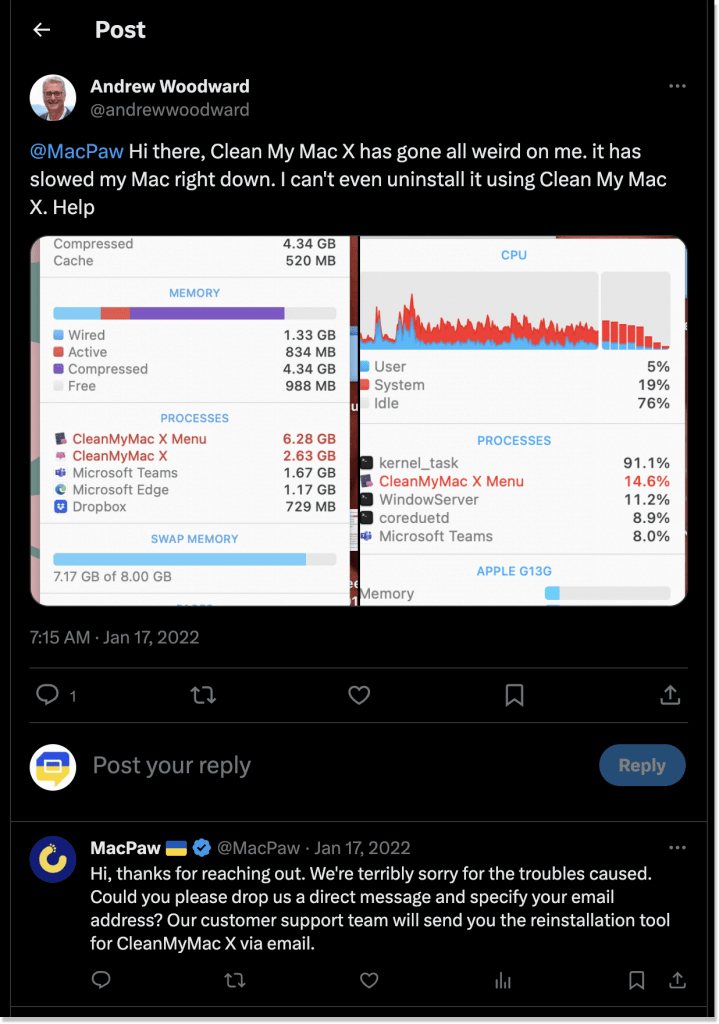The Future of Customer Service: Growing Trends Businesses Should Observe [2024-2026]
The future of customer support is not that far from us. From AI to ML - here are 6 trends you have to check for 2024-2026.
Written by Anastasiia Khlystova
![The Future of Customer Service: Growing Trends Businesses Should Observe [2024-2026]](https://helpcrunch.com/blog/wp-content/uploads/2019/04/the-future-of-customer-service-header.png)
Have you ever wondered about what has happened to the world we live in? Millennials, Gen Z, those oversensitive snowflakes who are always on their smartphones, dropping phone calls at any cost. Those people are among the largest and most influential generations of consumers getting stronger, with current business leaders clutching their heads on how to assist them.
With savvy consumers come all the fancies. Their customer expectations become higher! But that’s not it yet. Over the past couple of years, the new buzzwords kicked in: artificial intelligence (AI), machine learning (ML), and Natural Language Processing (NLP). One of the broadest representatives here would be chatbots. Those little companions poke their noses into the most sacred thing – customer support (can we be any more excited about it?).
What I’m (with a bit of artistic exaggeration) trying to say here is that we can’t seriously discuss the future of customer service without knowing who exactly is going to ‘support’ those demanding consumers in 2024 and further. Let’s explore what it holds, shall we?
Evolution of customer service: what to expect in a couple of years?
I hate to state the obvious but advanced technology is here to stay, whether we like it or not. Innovation has reshaped the landscape, offering an unparalleled experience for consumers. Enhanced communication channels have emerged, bridging the gap between businesses and customers, fostering seamless interactions.
Live chats, chatbots, email, and messengers – these business applications can go hand in hand and be interconnected with the help of AI and other technology innovations. For instance, if your software allows these advancements of technology, a client can drop you a line over a chatbot, and you can answer them via email, no context is lost. All thanks to an omnichannel approach and a steady business function.
What is going to be the go-to conversation channel down the road? As the stats predict, the spending on chatbots will reach $142 billion by 2024. And I can’t but agree! To fuel this statement even more, the size of the chatbot market is forecast to reach around 1.25 billion U.S. dollars in 2025. Quite a channel of communication!
Not hinting at anything, but have you already played around with AI and everything that comes along with this novelty? Maybe, you have already thrown your customer service tools under the bus and made them talk to consumers? Well, you’d better act fast! By 2026, customer support is predicted to unlock the power of in-depth data and analytics, paving the way to smoother troubleshooting.
Let’s not forget about self-service. With the technological changes coming our way, forward-thinking organizations infuse self-service into their customer service strategy, making AI do its magic. Boosted productivity, minimum human effort, and reduced agent turnover rates are only a few benefits business leaders could reap with AI.
How exactly can businesses leverage AI-powered self-service? Thanks to AI’s predictive analytics and a smart application of technology, the systems can anticipate customers’ needs, behavior, and potential problems, as well as various gauge business metrics. It could be way faster when a customer support agent assists. Which is ideal for personalized service. According to the numbers, the customer experience management market is estimated to be worth $14.9 billion by 2025. Let alone their expectations will rise to the skies. So we’d better keep it up!
6 current trends in customer service to keep up with
Communication technologies are somewhat of a milestone today. The Internet explosion is one
of the defining characteristics of our generation. That is exactly why new technologies are at the heart of the customer support future.
You need better technologies, faster resources, and effective automation to keep pace with the tech boom around us. Modern customer support is all about that. Here are the top 6 customer service trends you need to be aware of today.
1. Self-service & automation: the match made in heaven
Is customer service important? Yep, it sure is. However, self-service in synergy with automation is even cooler. Given that it can also be a conversation channel in a way (e.g. a stand-alone online chat or a chatbot), it IS already going big.
If people can find answers to their questions without any help, if finding those answers was easy and fast, why would they contact your customer support team in the first place?
From a real-time chatbot to automated email responses, businesses can leverage self-service and automation to speed up their service and enhance the accuracy of customer interactions. However, it’s not all about tech.
According to a recent report, 73% of customers want to solve their issues with a product or a service on their own. And that is great news for all customer social warriors out there. So choose self-service tools backed by automations to receive fewer requests and have more time for other more important tasks.
To boost your clients’ self-service experience, adopt a knowledge base. Having a robust resource center in 2024 is a must. You should have detailed articles about everything – from registering to every basic and advanced feature. It should be easy to access these articles and find any information in them as well.
What about letting AI write a knowledge base article for you? For instance, we at HelpCrunch – a customer service platform – have already launched the AI editor for help centers. With it, you can rephrase, translate, make a text shorter/longer, fix the tone of the message, or change it. It’s as simple as that!
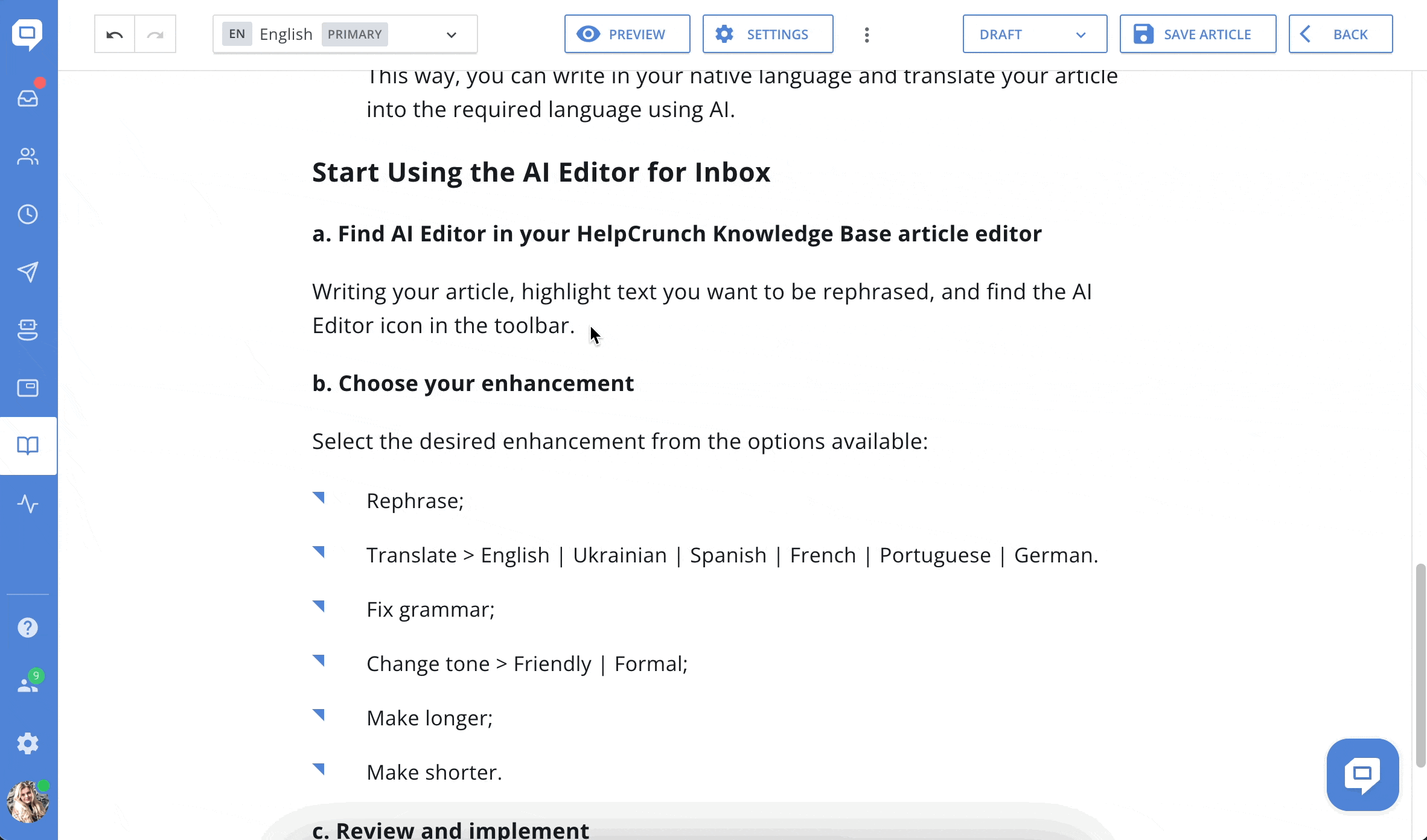
How about giving it a whirl? Sign up for a free 2-week trial with HelpCrunch and unleash the magic of AI in customer service.
But it would be a huge mistake to think that a help center is everything there is to self-service.
If you have resources, people, and time, you definitely should create some YouTube videos and step-by-step tutorials for your business. By the way, you could even draft a newsletter including product videos for better reach. The ultimate goal is to make everything so clear that your customers won’t even need to contact the support department. Here is how ClickUp assembled their YouTube channel with explanatory clips:
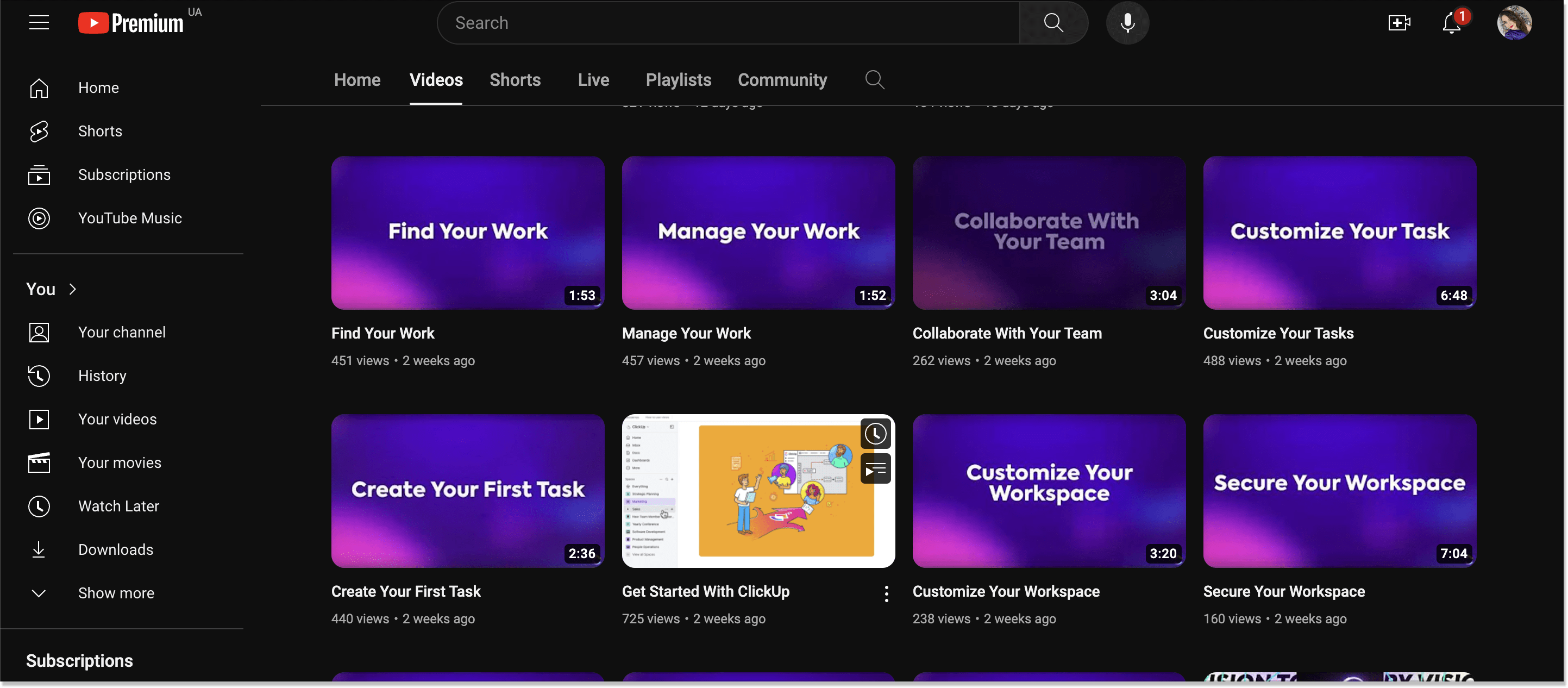
2. Community answers gain traction
There’s also this cool thing you can add to your self-service support. I’m talking about communities. You can give your customer base all the resources to build their own communities around your well-packaged product – something like an FAQ page or a forum where people can talk to each other and discuss their burning questions.
One of the awesome examples of such communities is The Moz Q&A Forum. It’s the place where everybody can ask any question concerning SEO (and I mean ANY) and get a bunch of answers from virtually anybody willing to share their expertise.
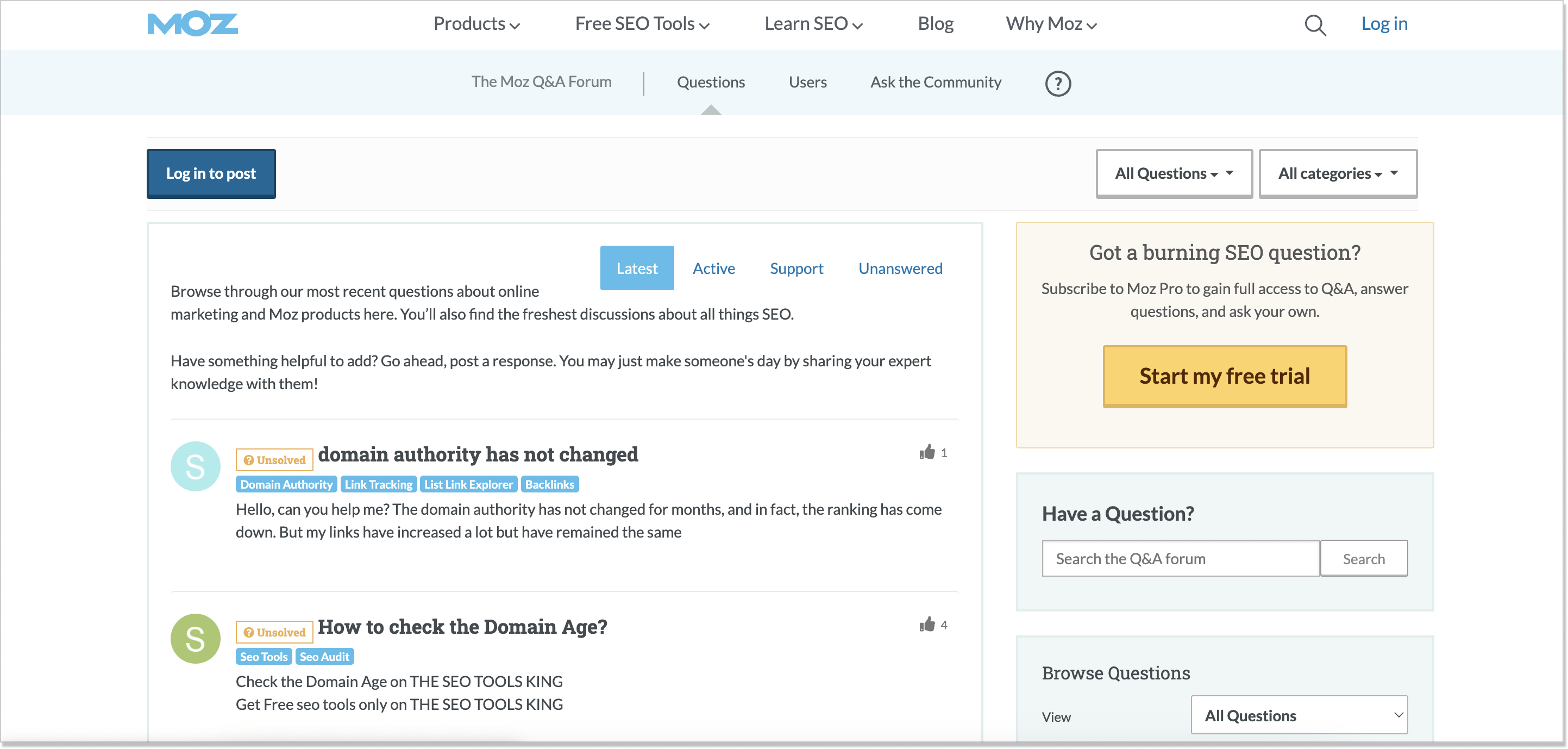
All in all, people only contact customer support directly when they have no other choice left. They don’t want to talk to your support even if you have the most pleasant people working for you. That’s why quality self-service resources are a must for the future of customer support.
3. AI-powered chatbots take over customer support tasks
It doesn’t matter whether you’re pro- or anti-automation, our Blade Runner cyberpunk future is not as near as we might have thought. Customer support tools can call their bots artificial intelligence all they want, but it doesn’t make those bots any smarter. What I’m trying to say here is that enhancing your support with a chatbot may be a great idea in 2024, but don’t expect any wonders from it.
As primitive as they are, chatbots are rapidly developing and can already take over a bunch of tasks from your customer support representatives. As assistants, they can do a great job asking preliminary questions and qualifying leads before your customer support team steps in to help further. There are also knowledge base bots, which can drastically help with finding the right articles and suggesting pre-made answers to frequently asked questions.
Today and beyond, conversational AI will be gaining traction in a variety of industries. Especially in healthcare. The following example is from Wysa – a clinically validated AI that helps people cope with anxiety, depression, and mental health altogether.
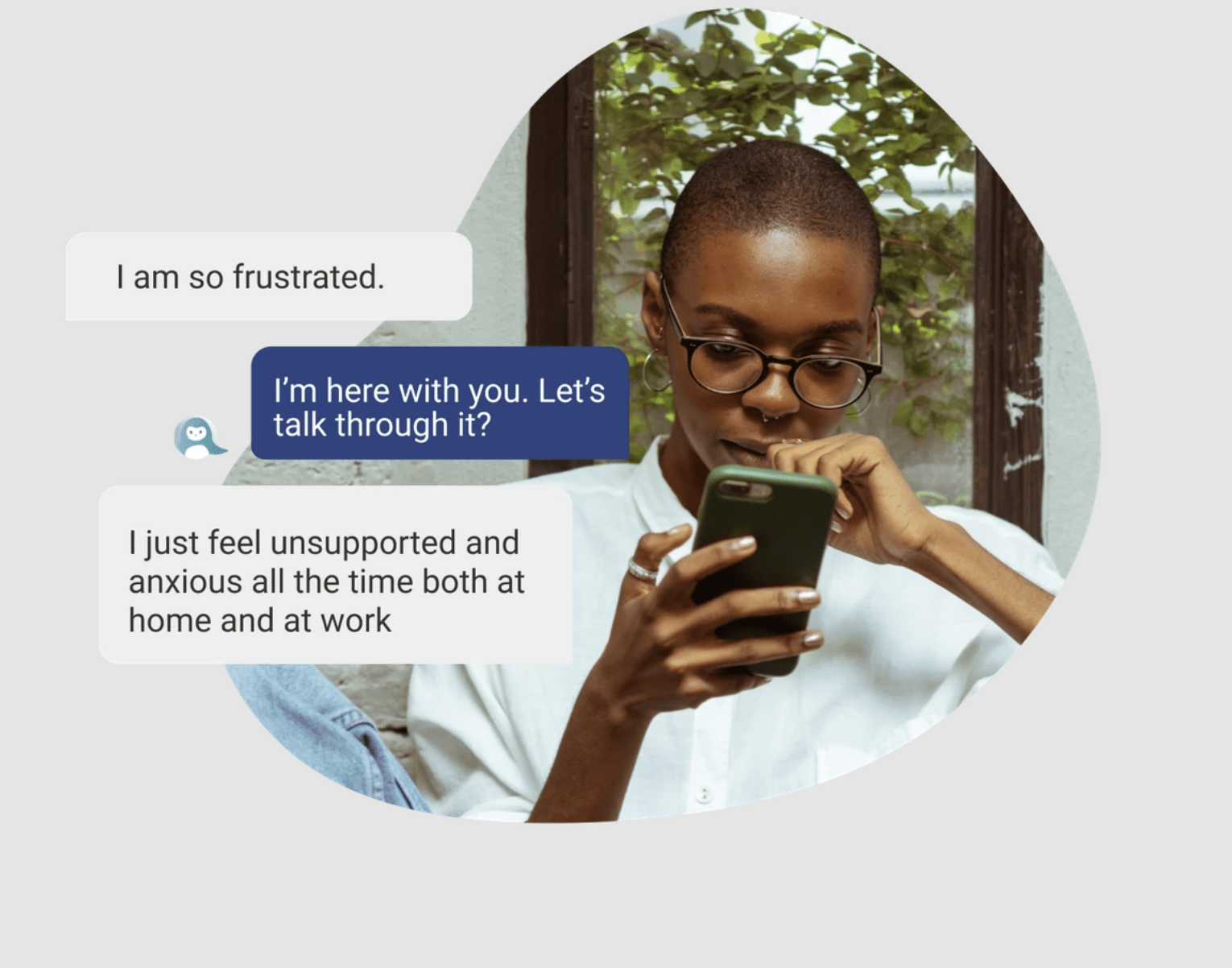
Do I think customer service is going to be completely automated any time soon? No, in all honesty, I don’t. But you should start implementing the available chatbots nevertheless. They say: ‘everything that can be automated, must be automated!’, and I can’t agree more with that.
4. Real-time messengers as the most favorite means of communication
Every single day, people send 200 million messages via different company-owned channels, such as WhatsApp, the most popular messenger as of this day. 195 minutes is the average time a person spends in this app every week.
So how can all these numbers be applicable to customer support? Well, all this means only one thing: you should use real-time messengers for communicating with your customers. If that is a preferred way of communication these days, why fight it?
My understanding is that real-time messengers as customer support tools give you two significant advantages (or rather a combination of them) over any other communication channel:
- Speed
- Personalization
With only a 2-minute average response time, live chat is one of the fastest assist channels used to communicate with your customers. However, with great power comes great responsibility – meaning that if you commit to providing live chat customer support, you’d have to constantly push the limits keeping it fast yet personalized.
For instance, many businesses already use Facebook Messenger for their customer service needs. It’s only understandable as the tool is familiar to everybody and there’s no need to adapt to new features.
But I wouldn’t stop on it as there are a bunch of more professional real-time chat tools for businesses on the market like HelpCrunch, Intercom, or Tawk. One reason I prefer such tools over FB Messenger is that while giving a 100% messenger experience, they can be customized in accordance with your website design and look like their integral part. Plus, all the messengers are accumulated in one place – a shared inbox:
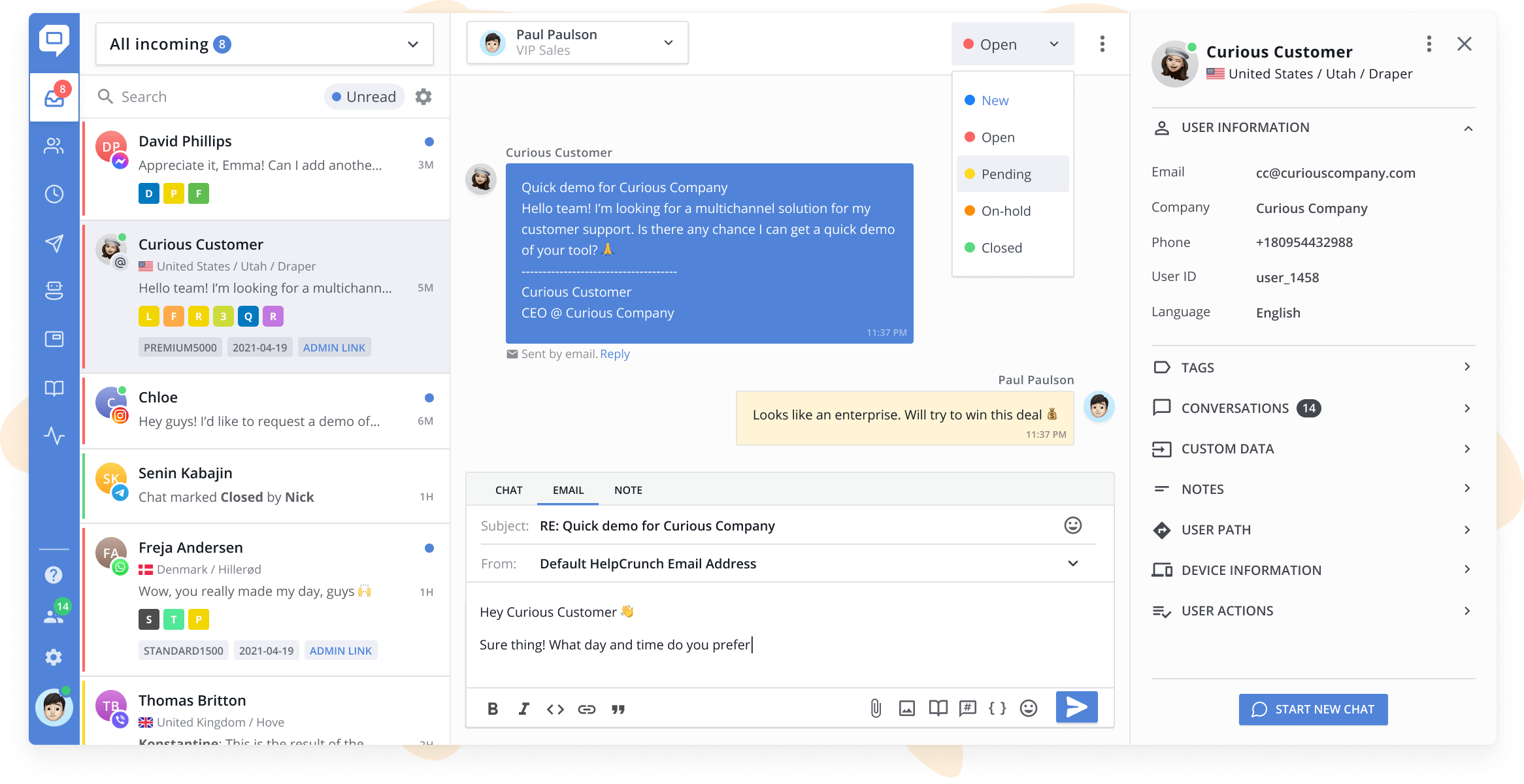
4. Proactive help beats reactive
What if I say you can help customers even when they don’t ask for it? It’s called ‘proactive customer support’, and it’s totally awesome.
First of all, you should make it a rule to constantly check your service or product for possible pitfalls that might be confusing for your customers. Start with analyzing your existing data – look through all the conversations and try and find some common patterns. I’m pretty sure there are questions or difficulties people have most often and that’s some great material for building proactive support right there.
After you wrote those self-service articles about things you uncovered (which goes without saying), it’s time to take your proactive game to the next level.
Let’s assume you’re a product developer running a software company, and you’ve noticed that your customers often skip an essential step of the installation process. Or you have a mobile app, but people keep forgetting about it. So you can set up an auto message based on these criteria that will be automatically sent to everybody who hasn’t installed your software or a mobile app three days after registration.
5. Social media is not going anywhere
People still spend a lot of their time on social media. Moreover, they still use them for contacting companies and asking them all kinds of questions. Yes, you can give an average consumer all possible communication channels to get in touch with you – and they’ll still go to X whenever your website’s down.
I’m sure every single business has its accounts on all known social media. Maybe they even post stuff there from time to time. But it’s crucial for high-performing organizations in 2024 to keep up with everything that’s going on there. You should regularly check your inbox on Facebook for new messages and track your mentions on X.
Companies that strive to be transparent (as all same companies must) should use their social media to communicate with the audience openly and react to customer feedback.
Social media also contribute to another significant customer support trend. In 2023, you can’t just get yourself a live chat tool and call it a day. Customer support will continue being multi-channel, so can you rise to the challenge?
6. Machine learning is the new learning material
I wouldn’t drop a bombshell at you if I said that machine learning (ML) has already come into vogue over the years. Nonetheless, it will continue rolling in the future. For instance, customer service teams could really take advantage of ML in call centers (or business phone services if you wish) – that is, to be engaged in agent training. Yeah, I know, so much for cutting operational costs…
Thanks to advanced speech recognition technology, call transcriptions, and keyword extractions, to say the least, agents can route calls significantly and deliver better support.
This relatively new tech could help competitive, customer-focused organizations train their service reps. Plus, not only a customer service agent can participate in these activities, but product managers as well. They can develop real-life role-plays, breaking down the trickiest cases.
Another thing that ML could assist successful field service organizations with is content creation. Thus, if your software is backed by ML, it can simply analyze customer data and requests and create knowledge base articles based on this info. Besides, agents can take the ML recommendations into consideration and tune the pieces if need be.
Bottom line
I can talk about future technologies and product experience all I want, but it won’t change a simple truth: customer support is nothing without open communication and personal touch for each particular case.
Stay friendly, genuinely try to help, boost your support agent experiences, and get yourself all modern technologies for customer support – and the future will be yours.

